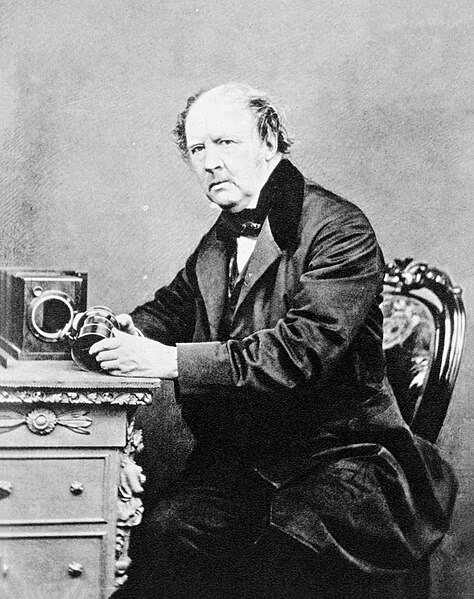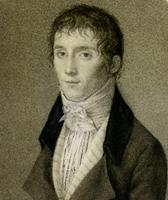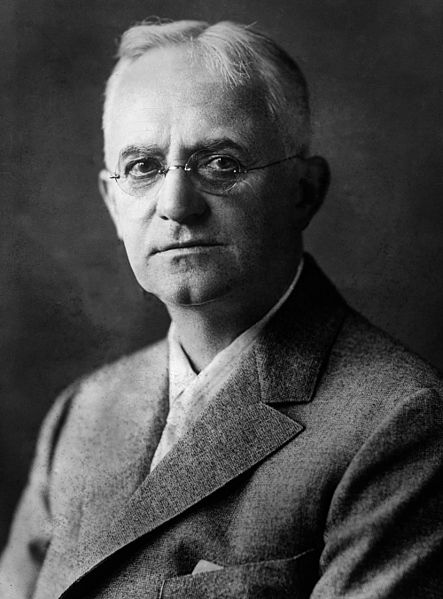Many people use photography whether it being for professional photography as a job or to capture those precious moments in time with special people.
Photography started a long time ago in the 5th century. But the first reports were in ancient times when people used camera obscuras. These formed images on walls in blacked out rooms and the images would be seen on the opposite wall to where the pinhole is made. But the image would be seen upside down.
In 1816 Nicephore Niepce had a break through and introduced photosensitive paper to the camera obscuras. It wasn't until 1826 with many different experiments that he managed to create a permanent image. He did this by using asphaltum on a copper plate which was sensitised with lavender oil but this process needed very long exposure times. Louis Daguerre worked in conjunction with Niepce but before they could find a way to make a shorter exposure times Niepce passed away. Louis Daguerre then carried on on his own and managed to invent the Daguerreotype. The Daguerreotype was usually used for portraits, this was because it had a dark surface which is reflected into a mirrored silver surface and the reproduction is extremely detailed. This was a big step forward at the time and brings us closer to the photography we know today.
Daguerre Vs Talbot
At the same time Louis Daguerre was experimenting with different ideas, William Henry Fox Talbot was as well. Both of them knew that who ever created the idea first and was more effective would revolutionize the industry. While Louis Daguerre was experimenting the the daguerreotype, Talbot was working on his idea, the calotype process which was also named the talbotype. It is done by using paper coated in silver iodine. When it gets exposed to the light the silver iodine decomposes and the excess iodine gets washed away after oxidising. Talbot was a noted photographer who made big contributions to the photographic world.
George Eastman was the next photographer which made the biggest change to the industry. George was born in 1854 and passed away in 1932. It was in 1884 that he discovered the technology of film. He became the founder of Kodak, the company we know today. He named the company 'Kodak' because it was something original and different that didn't have any other meanings. In 1888 the first kodak camera was released. It contained a 20ft roll of paper. This was enough for 100 2.5inch diameter circular images. The year after kodak improved the camera so it used a roll of film instead of paper.
From then on many photographers were adapting and inproving film cameras.
In 1990 Adobe Photoshop was released. This then meant that photographers were able to digitally manipulate their image . This could simply just be editing little glitches which makes the photograph look more perfect or it could make photos look abstract by changing colours etc.
The first camera phone was introduced in 2000. This made it easier for many people to take photos as it was cheaper than buying a camera and more acessible than carrying a camera around with you all the time.
Four years later after this Kodak ceases the production of film cameras and focused on digital cameras. This is how we know photography today and if we look back at the history, we can see how far photography has come since camera obscuras.
Photographers Mentioned:
- Nicéphore Niépce (Joseph Niépce) - French, Born March 7th 1765 and died on July 5th 1833.
- Louis Daguerre (Louis-Jacques-Mandé Daguerre) - French, Born November 18th 1787 and died on July 10th 1851.

- William Henry Fox Talbot - English, born on February 11th 1800 and died on September 17th 1877.

- George Eastman - American, Born on July 12th 1854 and died on March 14th 1932.


No comments:
Post a Comment